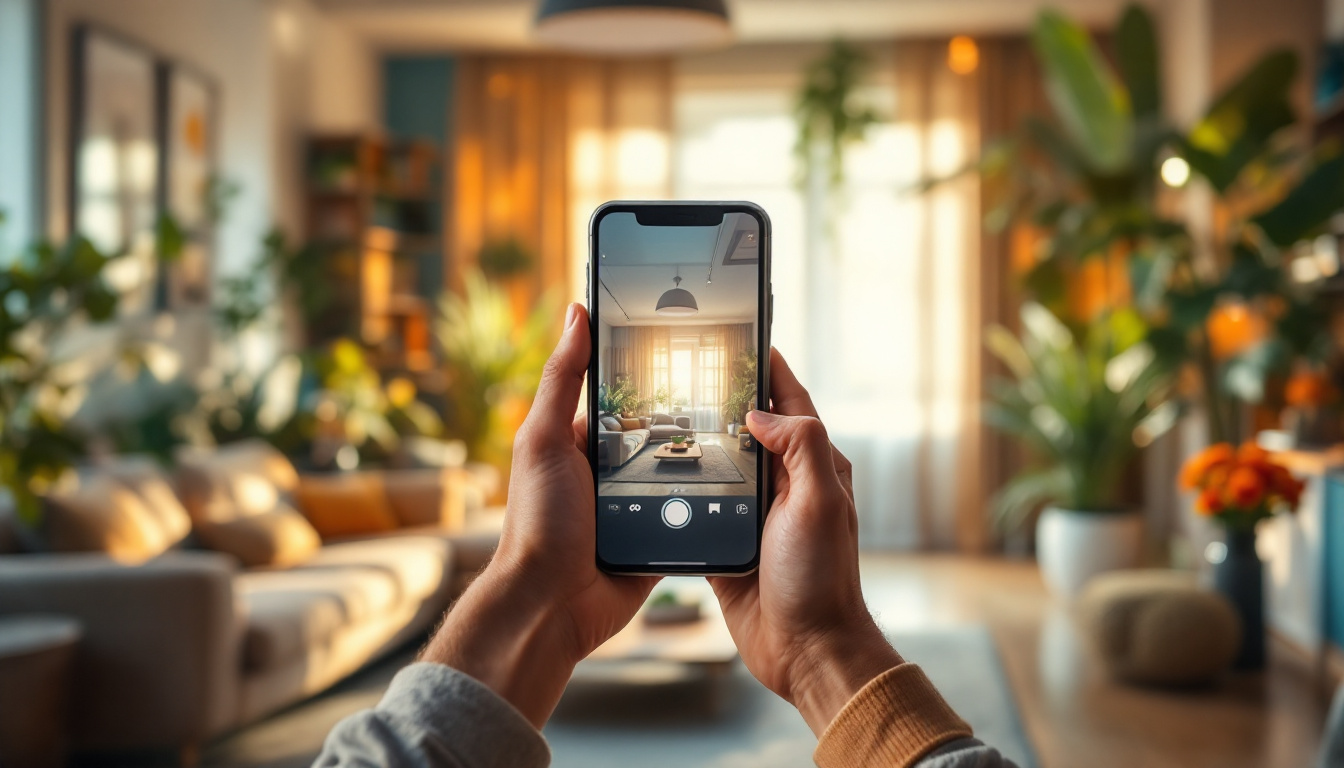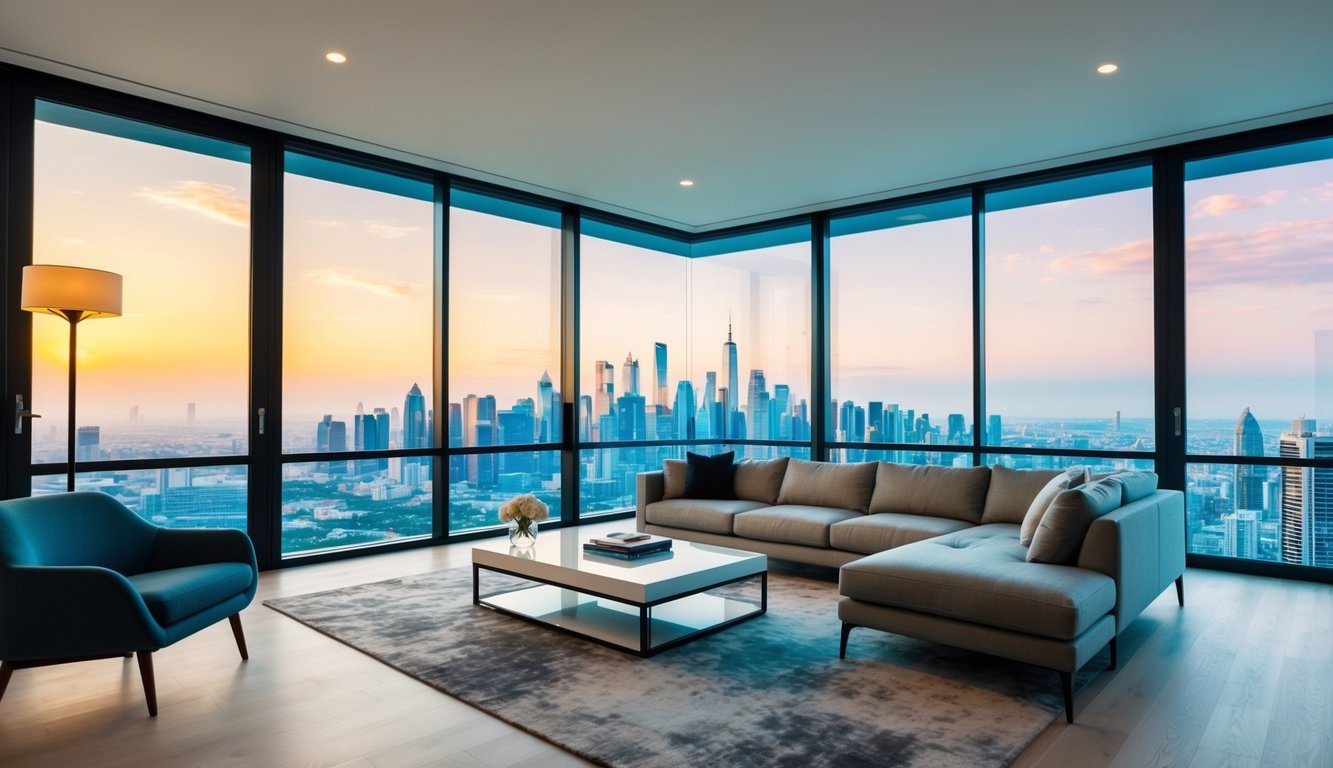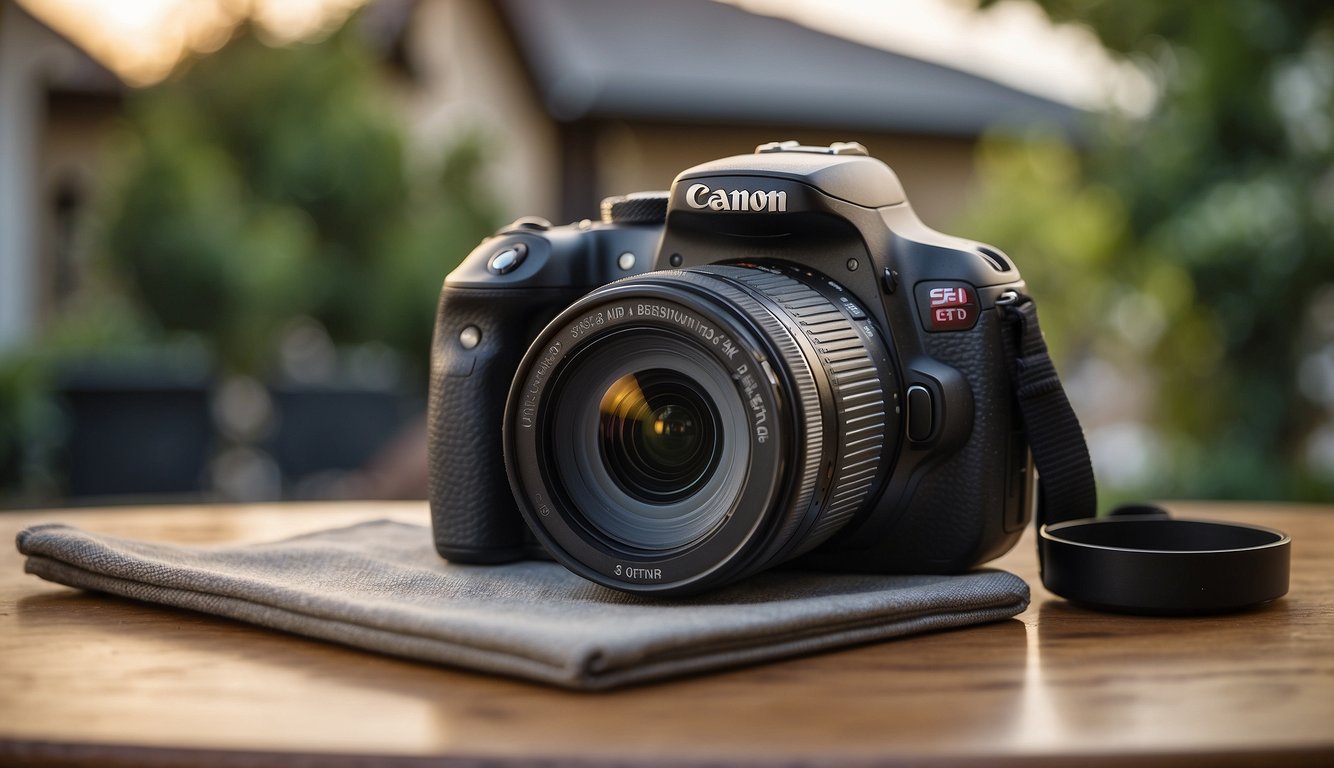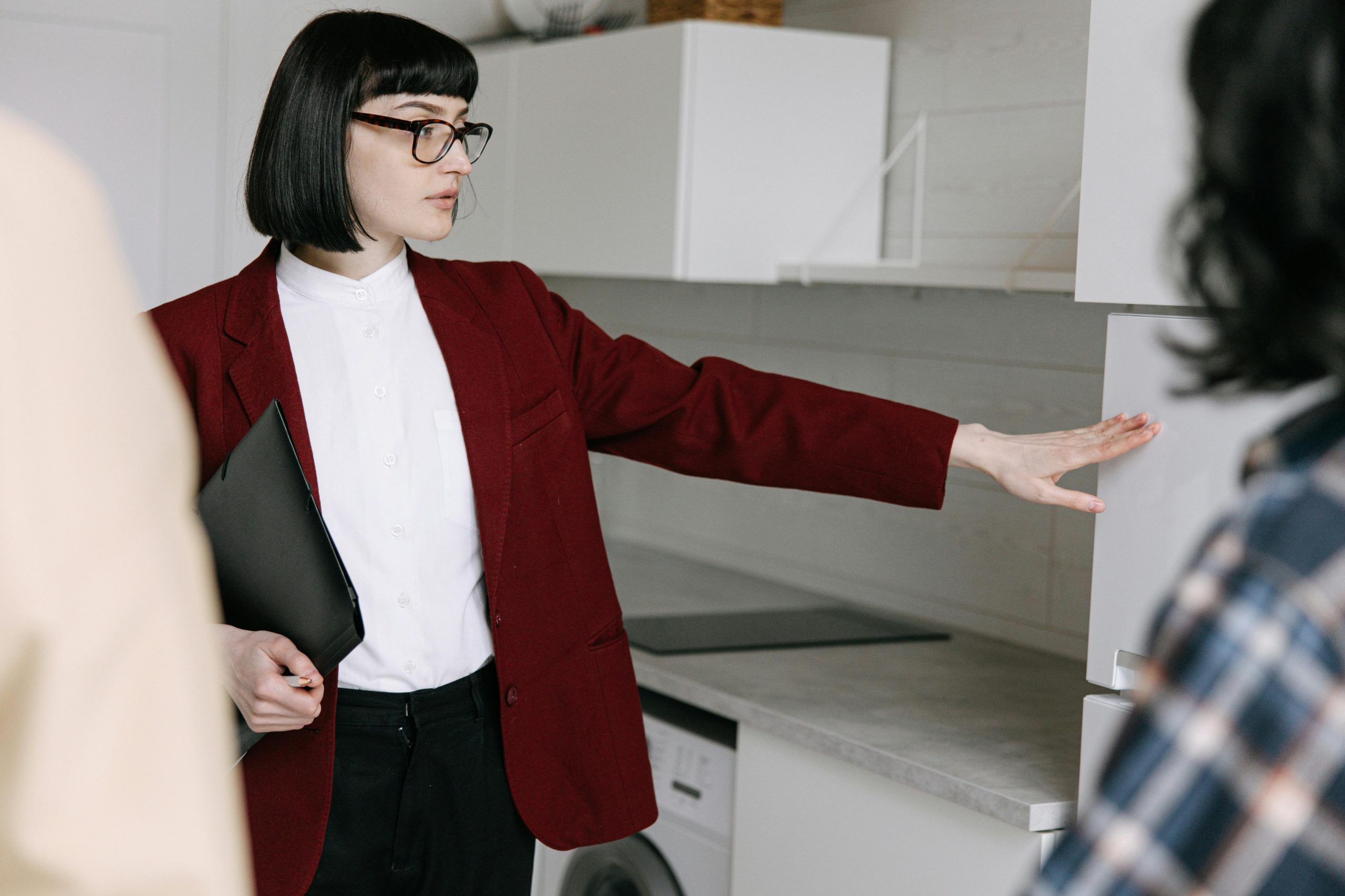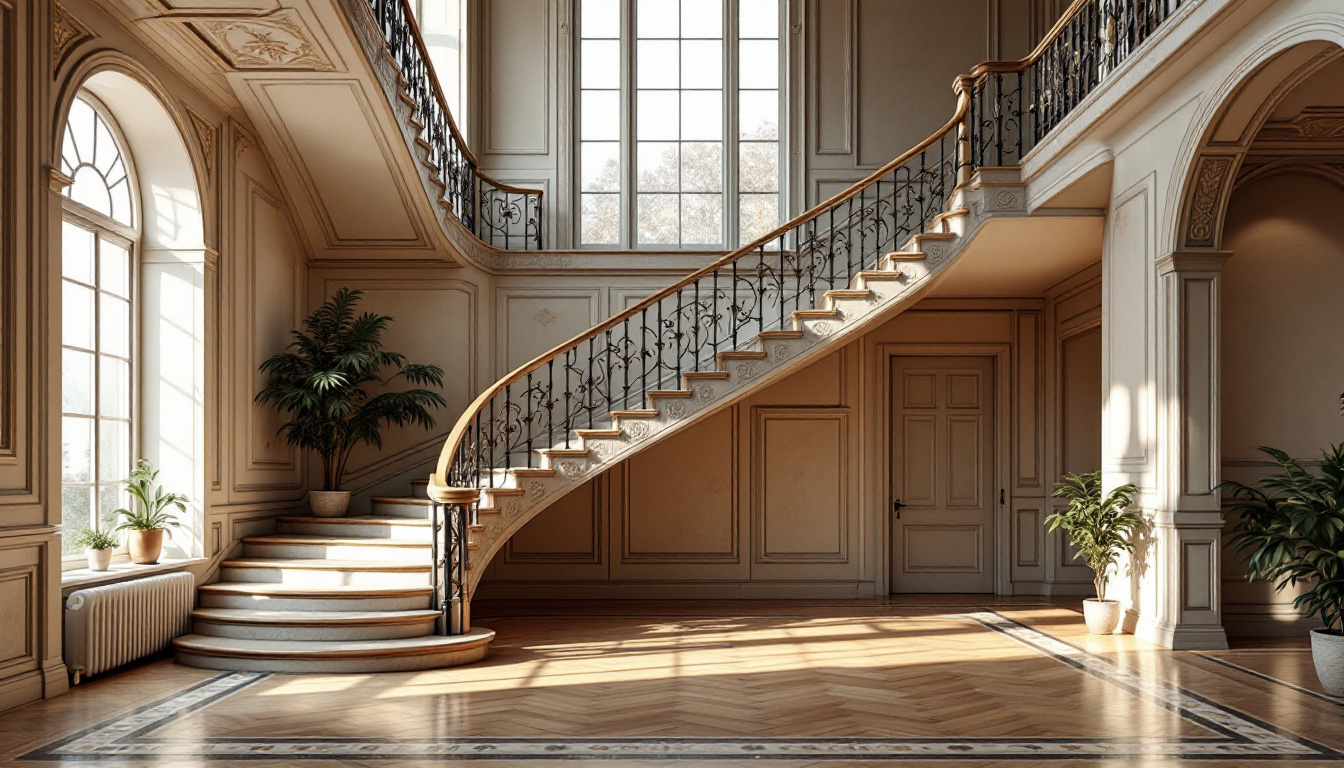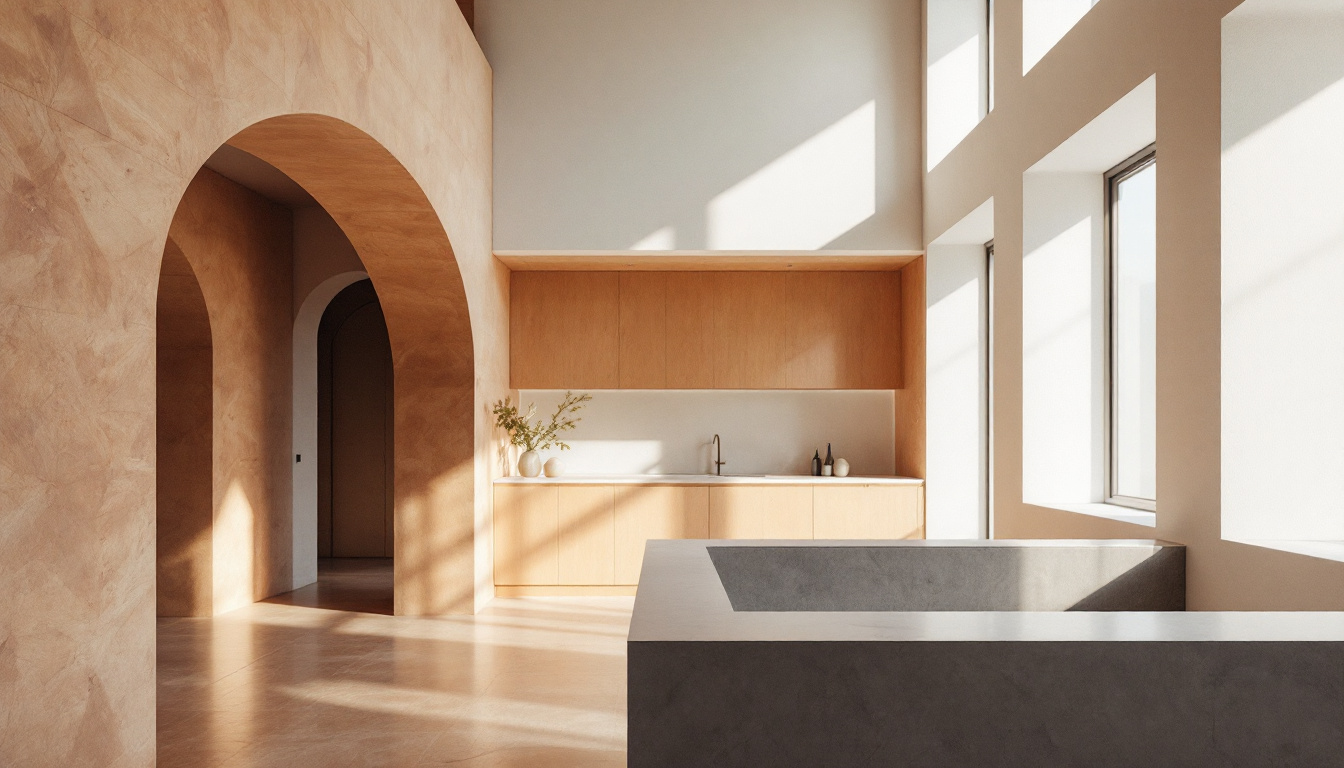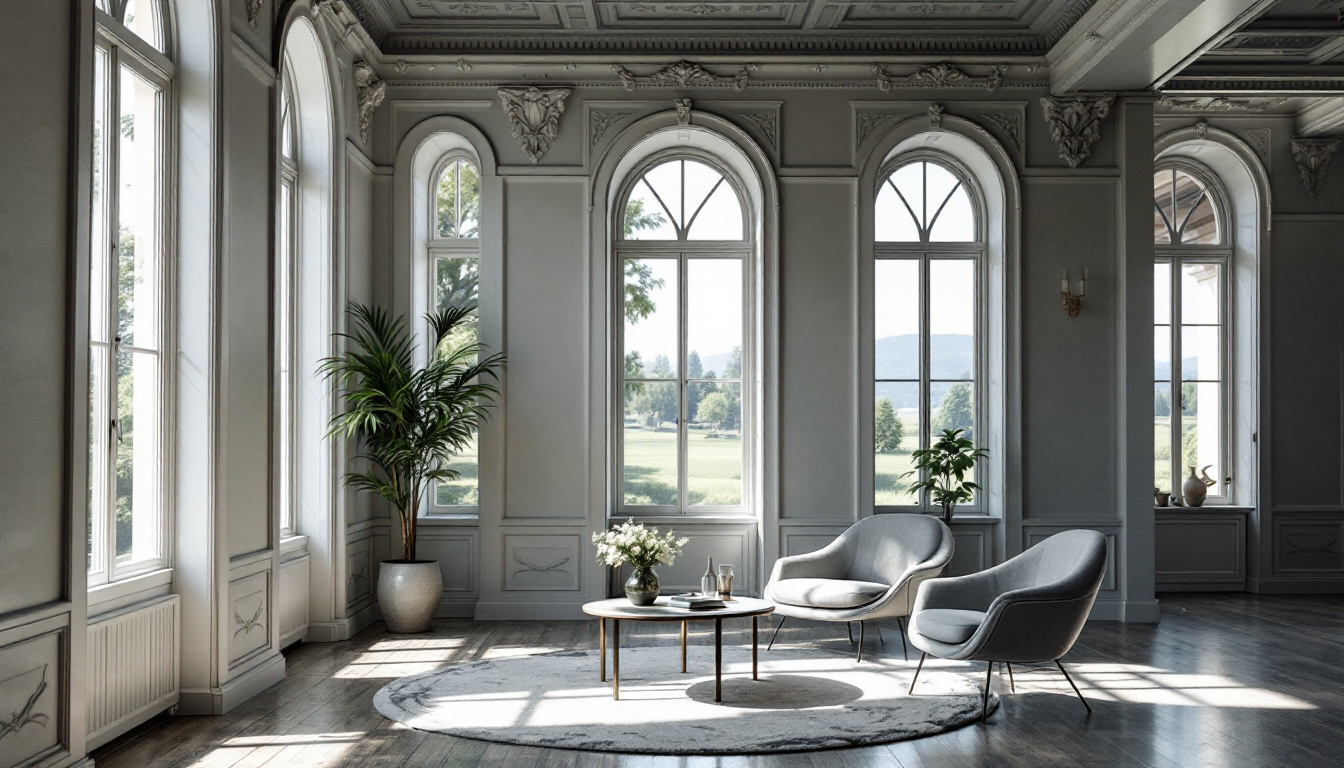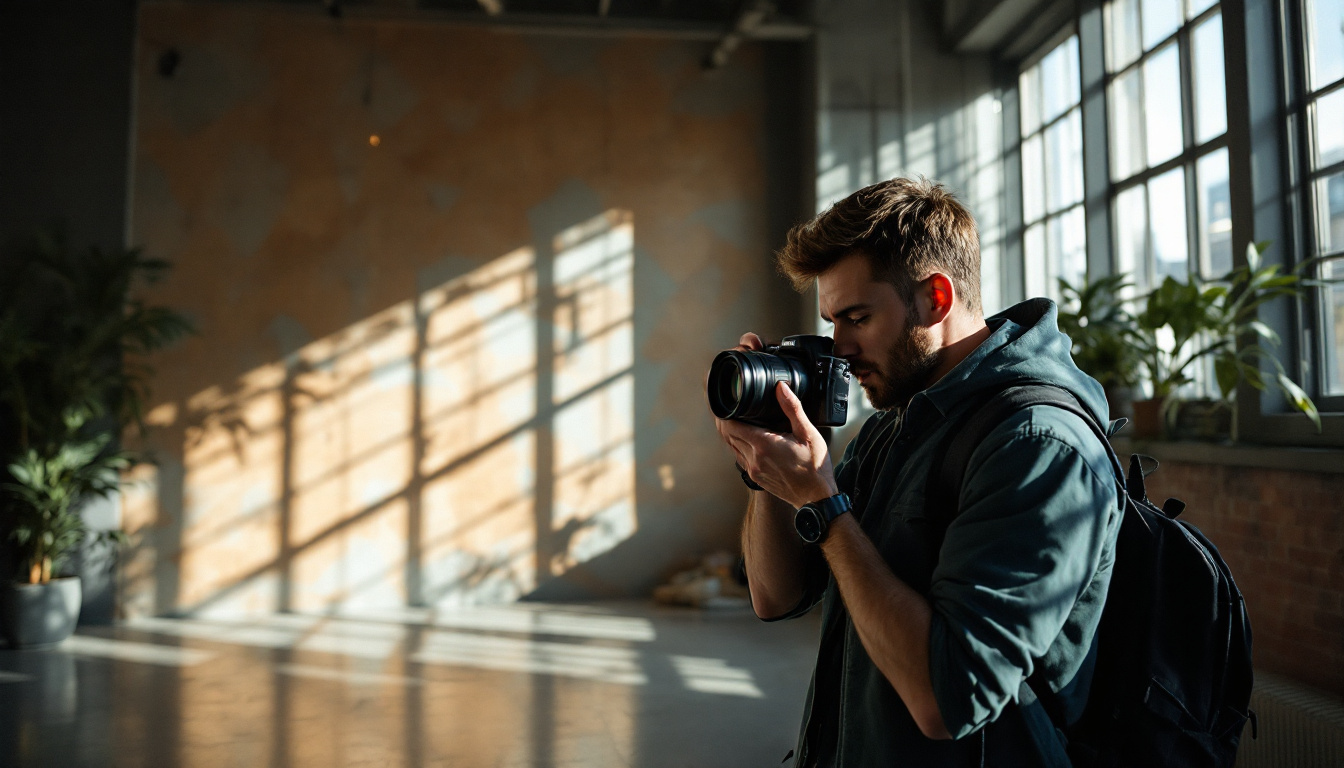The Rise of Smartphone Photography in Real Estate
In recent years, the real estate industry has witnessed a significant transformation in the way properties are marketed. One of the pivotal changes has been the rise of smartphone photography. With advancements in smartphone technology, agents and sellers are now able to capture high-quality images that rival those taken by professional cameras. This shift has not only made real estate photography more accessible but has also changed the expectations of buyers and sellers alike.
Statistics indicate that listings with high-quality photos receive 47% more views than those with standard images. This trend underscores the importance of visual appeal in attracting potential buyers. As smartphones continue to evolve, their cameras are equipped with features that enhance image quality, making them a viable option for real estate photography.
Smartphone Camera Features
Modern smartphones come packed with advanced camera features that can significantly improve the quality of real estate photos. For instance, many smartphones now include multiple lenses, allowing for wide-angle shots that can capture entire rooms in a single frame. This is particularly beneficial in real estate, where showcasing space is crucial.
Additionally, features such as optical image stabilization help reduce blurriness, while HDR (High Dynamic Range) capabilities ensure that both bright and dark areas of a photo are well-exposed. These technological advancements empower real estate agents to take stunning photos without the need for expensive equipment. Furthermore, the integration of AI-driven enhancements in many smartphone cameras can automatically adjust settings based on the scene, ensuring that even novice photographers can achieve remarkable results with minimal effort.
Editing Apps for Enhanced Imagery
Once the photos are taken, the next step is editing. Fortunately, there is a plethora of editing apps available for smartphones that can enhance images further. Applications like Snapseed, Lightroom Mobile, and VSCO offer a range of tools to adjust brightness, contrast, and saturation, ensuring that the images are visually appealing.
Moreover, these apps often include filters and presets that can give photos a polished look quickly. With just a few taps, agents can transform ordinary images into captivating visuals that stand out in listings. This ease of use allows even those with minimal photography experience to produce professional-looking results. In addition, many editing apps provide tutorials and community forums where users can share tips and tricks, fostering a culture of learning and improvement among real estate professionals. As a result, the barrier to entry for high-quality real estate photography continues to lower, enabling more agents to leverage these tools effectively.
Best Practices for Real Estate Photography Using Smartphones
While smartphones provide the tools necessary for capturing high-quality images, certain best practices can help maximize their potential. Understanding how to utilize these devices effectively can make a significant difference in the final output.
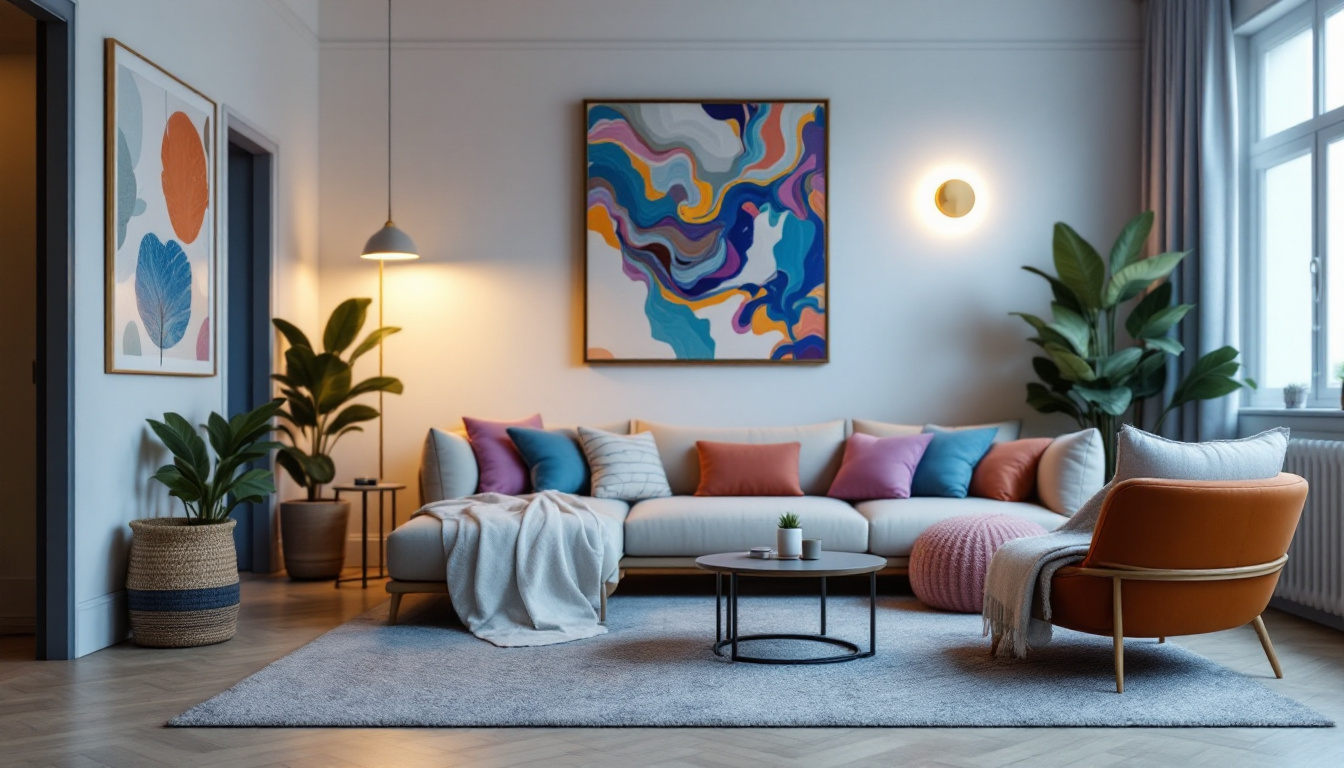
Lighting is Key
Lighting plays a crucial role in photography, and real estate is no exception. Natural light is often the best source for capturing the essence of a property. When taking photos, it is advisable to shoot during the day when sunlight floods the rooms, creating a warm and inviting atmosphere.
In cases where natural light is limited, using additional light sources can help illuminate dark areas. Softbox lights or LED panels can be effective in enhancing the overall brightness of a space. Proper lighting not only highlights the property’s features but also creates a welcoming environment for potential buyers. Moreover, experimenting with different times of day can yield varying effects; for instance, the golden hour, just before sunset, can add a soft glow to exterior shots, making them particularly appealing.
Staging the Space
Before snapping photos, staging the property can significantly enhance its appeal. This involves arranging furniture and decor to create a sense of space and style. A well-staged room can evoke emotions and help potential buyers envision themselves living in the space.
Simple touches, such as decluttering surfaces, adding fresh flowers, or incorporating cozy textiles, can make a substantial impact. Additionally, capturing images from various angles allows for a comprehensive view of the space, helping buyers appreciate its layout and functionality. Consider incorporating lifestyle elements into the staging, such as setting the dining table for a meal or placing a book on a coffee table, which can create a narrative that resonates with viewers. Furthermore, utilizing a wide-angle lens attachment for your smartphone can help capture more of the room in a single shot, making spaces appear larger and more inviting.
Leveraging Smartphone Technology for Virtual Tours
In today’s digital age, virtual tours have become an essential tool in real estate marketing. Smartphones can facilitate the creation of immersive virtual experiences that allow prospective buyers to explore properties from the comfort of their homes.
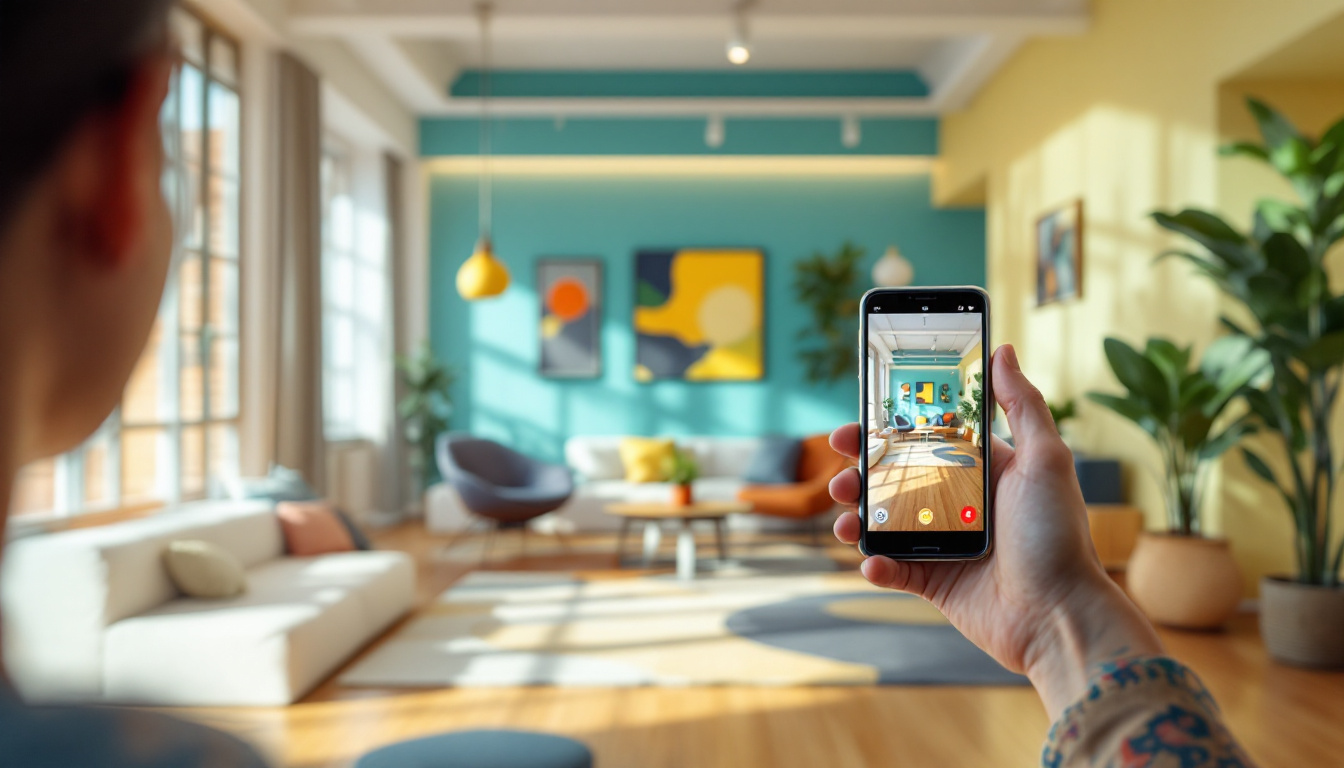
Creating 360-Degree Photos
Many smartphones are equipped with features that allow users to take 360-degree photos. This technology enables a comprehensive view of a room or property, providing potential buyers with a realistic sense of space. By capturing images in a circular format, viewers can navigate through the property as if they were physically present.
Utilizing apps designed for 360-degree photography can streamline this process, making it easy for agents to create engaging virtual tours. This innovative approach not only enhances the marketing strategy but also caters to the growing demand for remote property viewing. Moreover, the integration of augmented reality (AR) features within these apps allows potential buyers to visualize how their own furniture and decor might fit into the space, further personalizing the experience and making the property feel like home before they even step inside.
Video Tours and Live Streaming
In addition to still images, video tours and live streaming have gained popularity in real estate marketing. Smartphones can easily record high-quality videos that showcase properties in motion, allowing potential buyers to experience the flow of the space.
Live streaming offers an interactive element, enabling agents to conduct virtual open houses. This approach allows viewers to ask questions in real-time and receive immediate feedback, fostering a more personal connection. As technology continues to advance, these methods are likely to become even more prevalent in the real estate market. Furthermore, incorporating drone footage into video tours can elevate the viewing experience by providing stunning aerial perspectives of the property and its surroundings, highlighting features such as large backyards, nearby parks, or scenic views that might not be visible from ground level. This multi-faceted approach to showcasing properties not only captivates potential buyers but also sets listings apart in a competitive market, ensuring that they leave a lasting impression.
Enhancing Social Media Presence with Smartphone Photography
In an era where social media plays a pivotal role in marketing, leveraging smartphone photography can significantly enhance an agent’s online presence. Platforms like Instagram, Facebook, and Pinterest are visual-centric, making high-quality images essential for capturing attention.
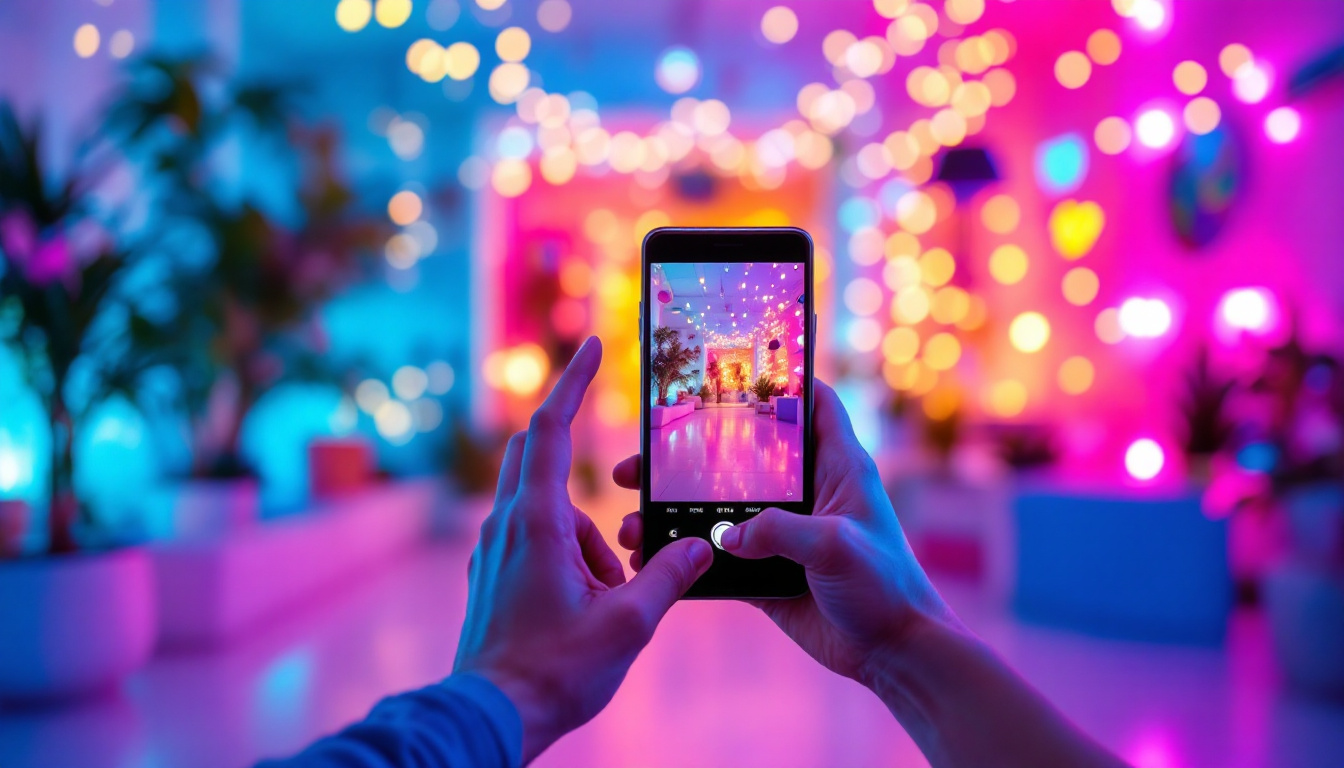
Creating Engaging Content
Real estate agents can use their smartphones to create engaging content that resonates with their audience. Posting stunning property photos, behind-the-scenes shots, and even short video clips can help build a personal brand and attract potential clients.
Utilizing storytelling techniques in captions can further enhance engagement. Sharing anecdotes about the property, local community, or unique features can create a narrative that draws viewers in. This approach not only showcases properties but also establishes a connection with the audience.
Utilizing Hashtags and Geotags
To maximize visibility on social media, incorporating relevant hashtags and geotags is crucial. Hashtags can help categorize content, making it discoverable by users interested in real estate. For instance, using tags like #RealEstatePhotography or #HomeForSale can attract potential buyers searching for properties.
Geotags, on the other hand, can help target local audiences. By tagging the property’s location, agents can reach individuals who are specifically looking for homes in that area. This strategic approach can significantly increase the chances of attracting interested buyers.
Challenges and Limitations of Smartphone Photography
While smartphone technology has revolutionized real estate photography, it is essential to acknowledge the challenges and limitations that come with it. Understanding these factors can help agents make informed decisions about their photography strategies.
Quality vs. Professional Equipment
Although smartphones have come a long way in terms of camera quality, they may still fall short in certain situations compared to professional equipment. For instance, in low-light conditions or when capturing large spaces, professional cameras with specialized lenses may produce superior results.
Additionally, professional photographers often possess a wealth of experience and knowledge regarding composition, lighting, and post-processing techniques. While smartphones can produce impressive images, there may be instances where hiring a professional is the best option to ensure the highest quality results.
Editing Limitations
While editing apps provide valuable tools for enhancing images, they may have limitations compared to desktop software. Professional editing programs often offer more advanced features and greater control over the editing process. This can be particularly important for achieving specific artistic effects or correcting complex issues within an image.
For agents who wish to maintain a high standard of quality, it may be beneficial to invest in professional editing services or software. Balancing smartphone photography with professional editing can yield stunning results that effectively showcase properties.
Conclusion: Embracing the Future of Real Estate Photography
The integration of smartphone technology into real estate photography has opened up new avenues for agents and sellers alike. With the ability to capture high-quality images, create engaging virtual tours, and enhance social media presence, smartphones have become indispensable tools in the marketing arsenal.
As the technology continues to evolve, embracing these advancements will be crucial for staying competitive in the real estate market. By understanding best practices, leveraging editing apps, and utilizing social media effectively, agents can maximize their impact and attract potential buyers.
Ultimately, the future of real estate photography lies in the hands of those willing to adapt and innovate. By harnessing the power of smartphone technology, agents can create captivating visual narratives that resonate with today’s tech-savvy buyers.
However, for listings that demand a truly elevated and professional touch, partnering with experts can make all the difference. HD Estates is Seattle’s premier real estate photography provider, delivering high-definition images, cinematic video tours, aerial drone footage, and 3D virtual walkthroughs that help properties stand out in a competitive market. Whether you’re looking to complement your smartphone shots or upgrade to a full-service visual marketing package, HD Estates offers the quality and expertise to bring your listings to life.
👉 Discover how HD Estates can transform your next listing – visit hdestates.com to learn more.
